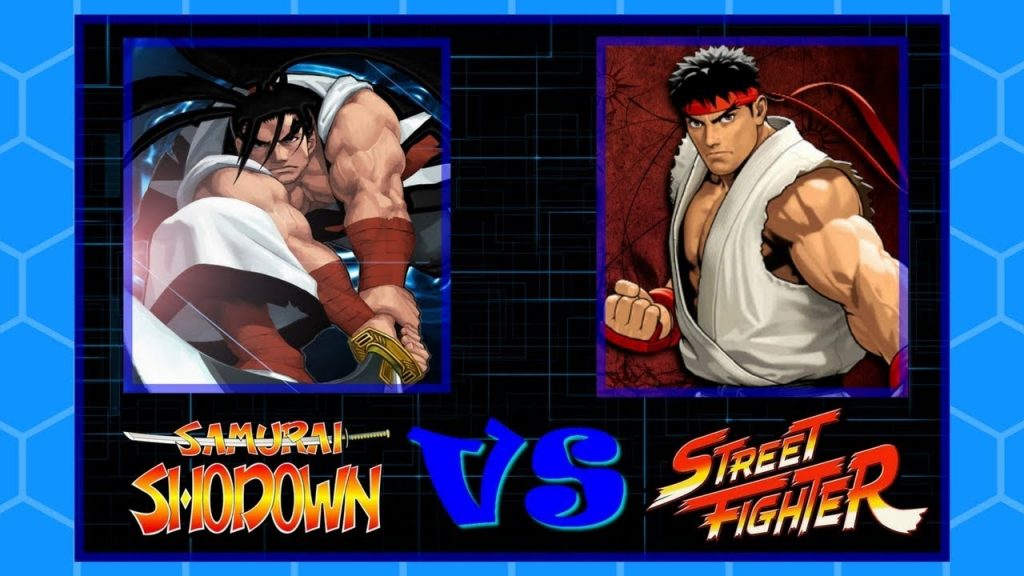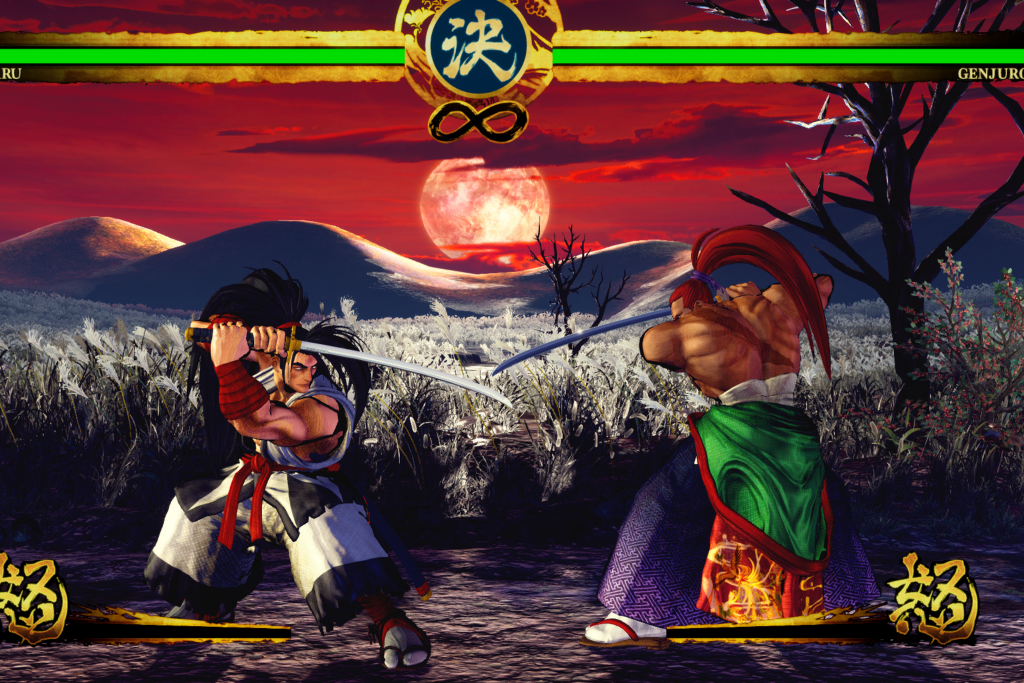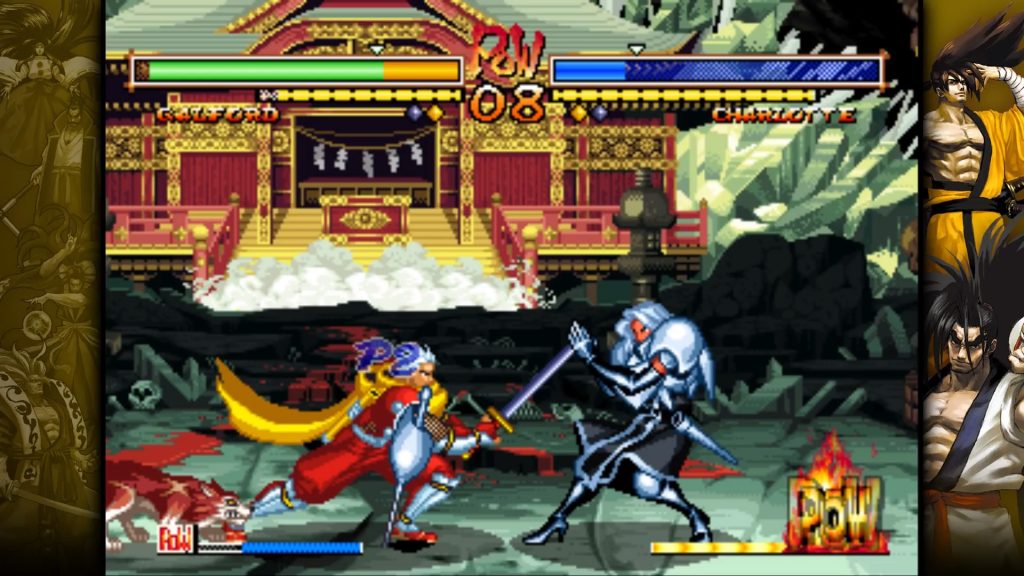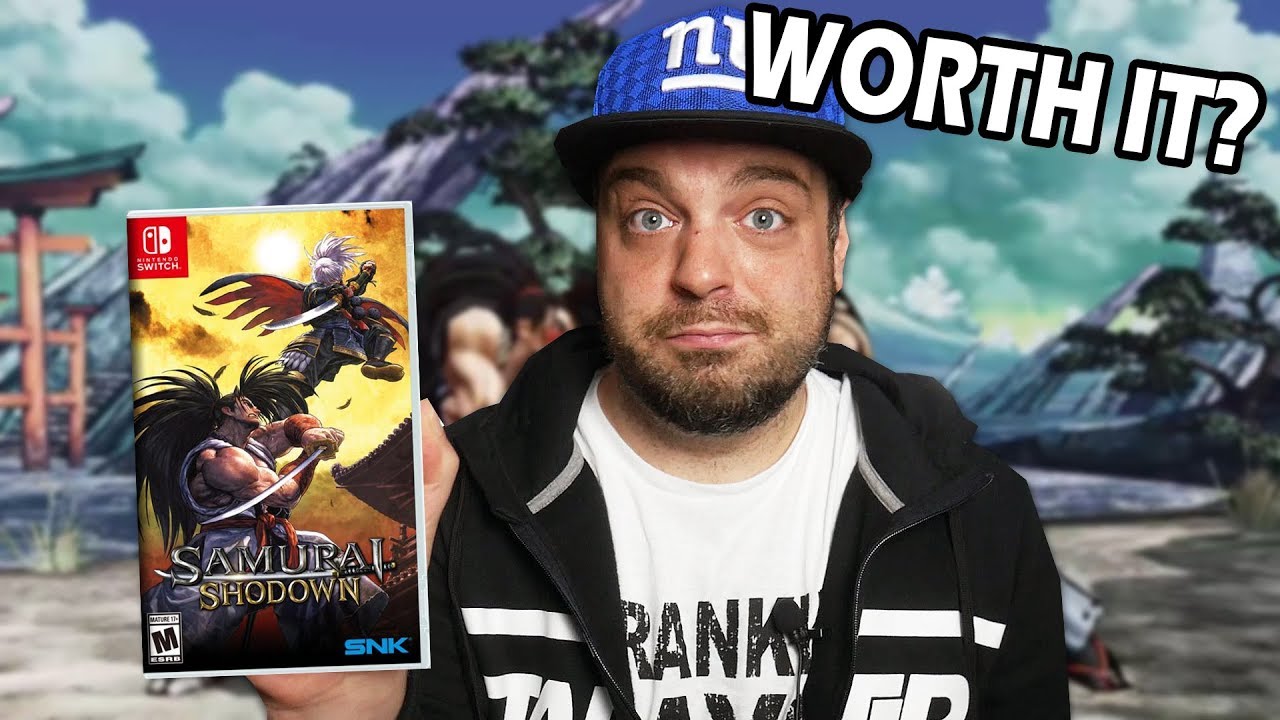Samurai’s improve their Gameplay as Opponents
The Samurai Shodown series has been around since 1993, but when it comes to American audiences, it has always lived in the shadow of the more popular Street Fighter franchise. With a brand new “sequel” out this year called Samurai Shodown (simple if a bit confusing), developers SNK hope that’s about to change.
Difference between the Two

Samurai Shodown’s first installment in 11 years shows why the series remains to this day, but also why it is eclipsed by greater fighting franchises.Samurai Shodown is very similar to Street Fighter, the game’s main difference being its roster. Largely comprised of Japanese characters, Shodown features a lot less international representation, hence why it is less beloved in North America. Additionally, a lot of the franchise’s titles weren’t released on North American consoles and were only ever playable on the Neo Geo or in arcades.
What’s new with Samurai Shodown

Its beautiful 3D backgrounds and traditional Japanese music set it apart, while it sticks to strong fundamentals of gameplay. Players approach their opponent with a series of light, medium, heavy, or kick attacks. There are special moves that require precise button inputs, and powerful attacks that can only be performed when a gauge is filled to max. Anyone familiar with Street Fighter will have no problem picking up Samurai Shodown.
Why not just play Street Fighter

Samurai Shodown has a fair amount of content, but it can’t hold a candle to its competitors in that regard. Its primary “exclusive” feature where players can train ghosts that will learn their fighting patterns and style and then go only to fight real human players is more or less a glorified amiibo. The Story Mode is fun but brief, and there are several different wave-type modes to cushion out the game.
Sources : screenrant






